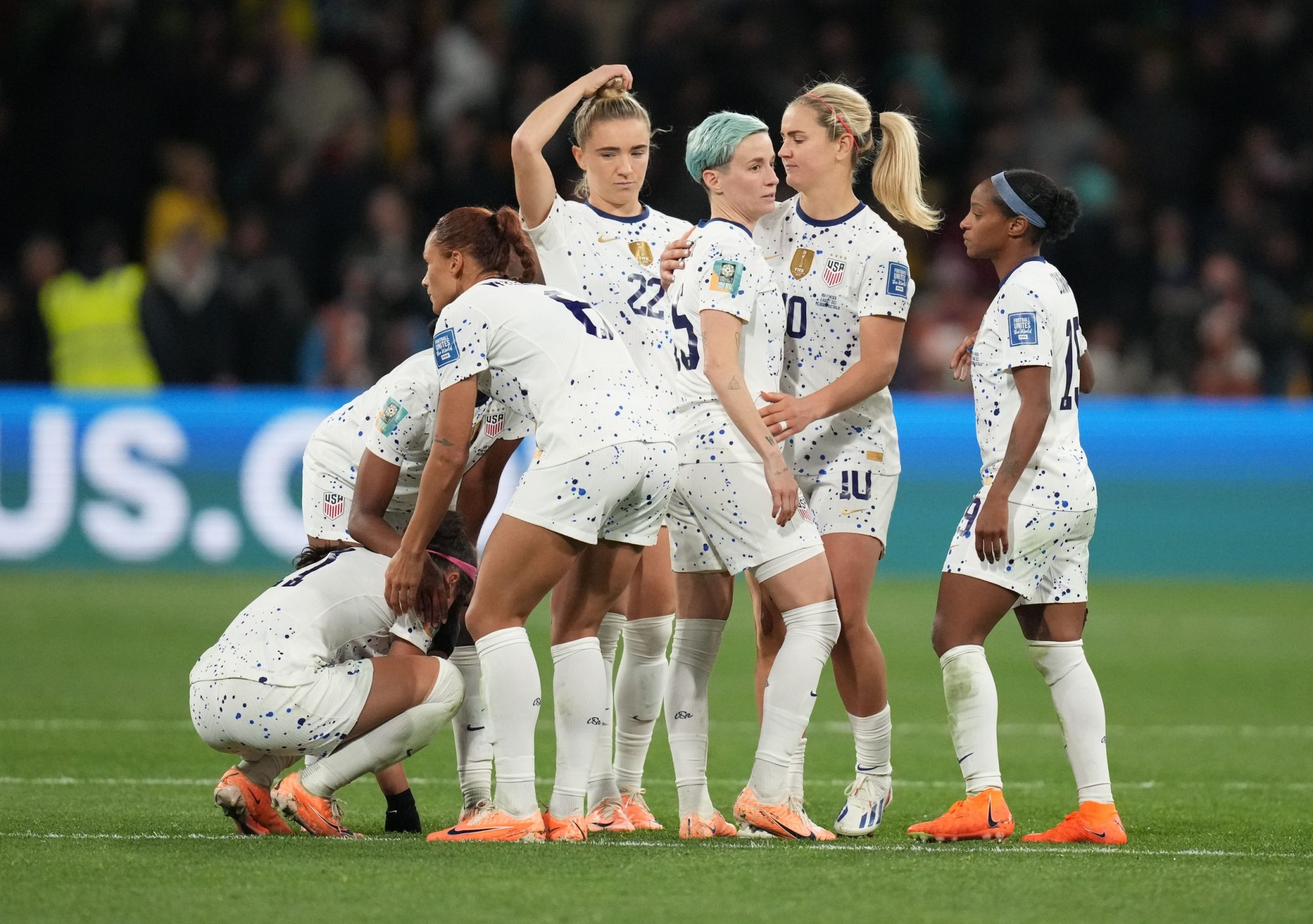|
The latest bombshell moves in conference realignment have been finalized after a summer of uncertainty and questions about the future landscape of college sports.
After an eventful Friday that saw five more Pac-12 schools announce decisions to join a new conference, there is finally clarity. Ahead of the 2024-25 academic year, three conferences will be adding a total of 10 new universities:
- Big Ten: Oregon, UCLA, USC, Washington
- Big 12: Arizona, Arizona State, Colorado, Utah
- SEC: Oklahoma, Texas
The extended shakeup was made official on Friday after current Pac-12 schools rejected a media rights deal from Apple that would have paid each school $23 million annually at the start of the five-year contract.
Washington and Oregon will reportedly receive at least $30 million annually when they join the Big Ten — far less than the conference’s full media share that could reach $70 million. A source told Front Office Sports that Fox is covering that extra payment for the Ducks and Huskies.
Reactions and Fallout
Washington president Ana Mari Cauce cited “stability” as a major factor in deciding to join the Big Ten. “This was about national visibility for our players,” she said. “Being on linear TV so they can be seen, so they could have the national exposure.”
Oregon State athletic director Scott Barnes said he was “furious” about the five schools leaving the Pac-12. “I’ve never seen so many last-minute decisions and twists and turns as I’ve seen through this process,” he said. “Conference realignment just doesn’t make sense anymore.”
Now, Cal, Oregon State, Stanford, and Washington State are left without a viable conference after this coming season. The four schools could look to entice programs from other conferences to join them, explore moves of their own (the Mountain West, perhaps), or even broach going independent.
For now, the ACC is the only conference not adding or losing members in 2024, currently set at 14 full-time schools.
|
